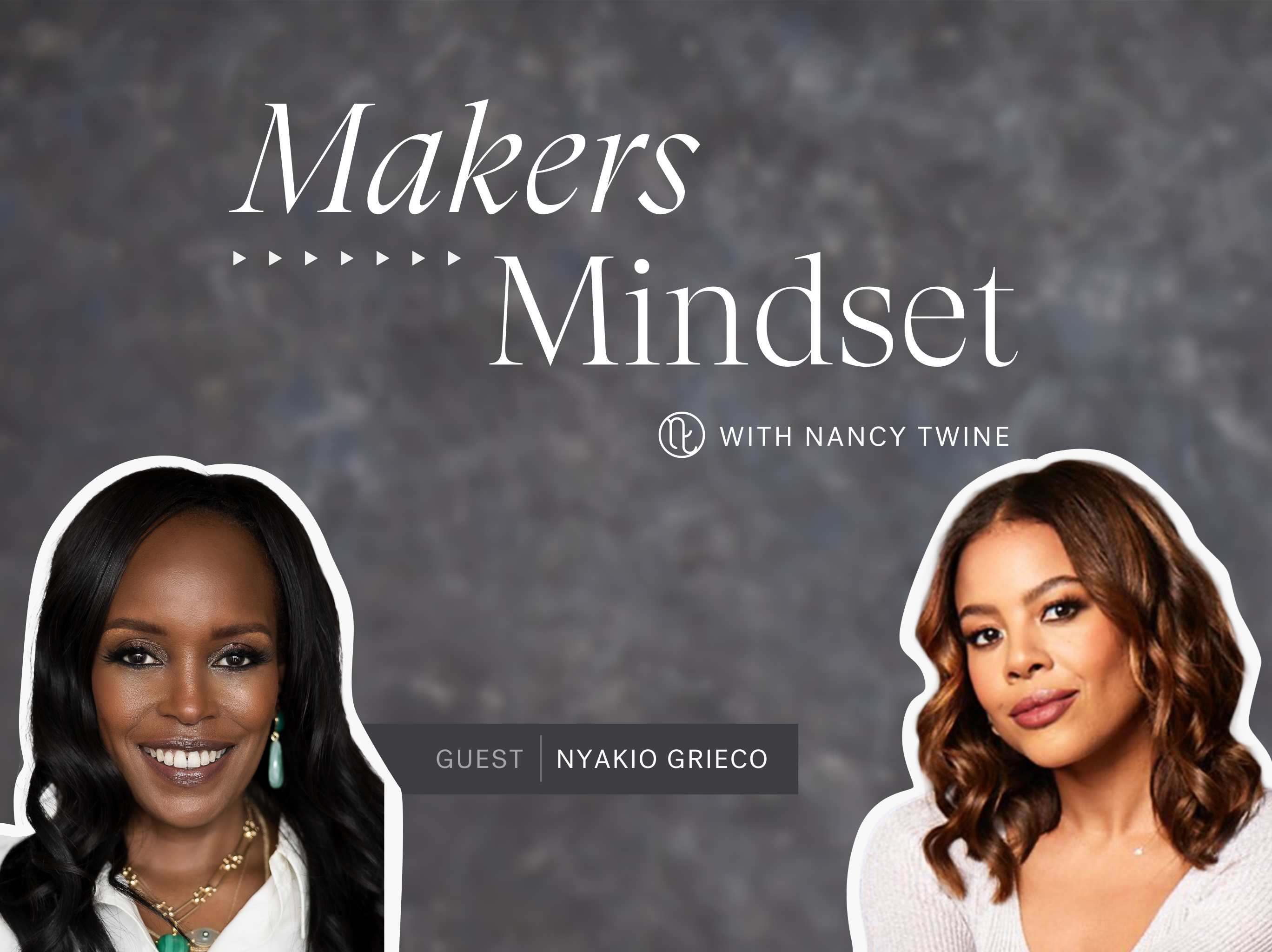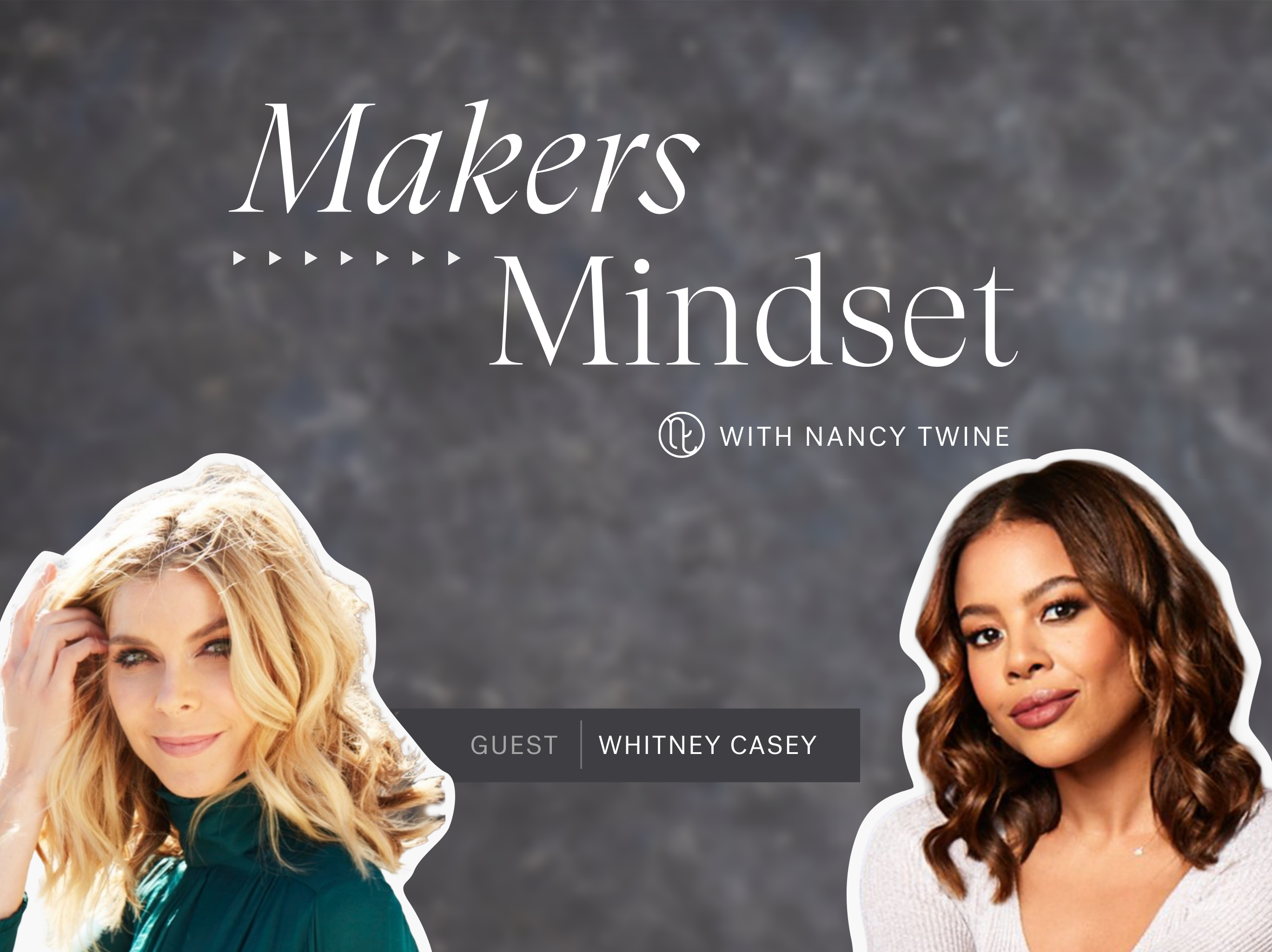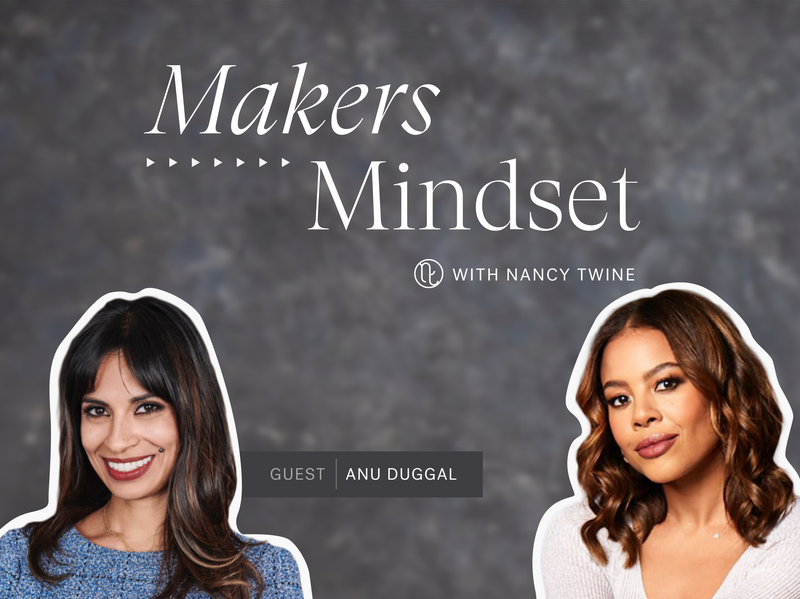For many of us, as the calendar turns to a new year, it’s a time of reflection and renewal. This period of introspection isn’t just about making resolutions; it’s about setting a direction for our lives, both personally and professionally. My own journey has taught me the transformative power of goal setting and a thoughtful vision.
The Power of Vision and Goal Setting
Understanding the Importance
A clear vision is your roadmap – it guides your decisions and actions – and it’s critical to understand not just where you want to go, but also why. Goals, then, are the steps you take to make that vision a reality. They transform your vision from a distant dream into a series of achievable tasks. I’ve always been specific about my goals, whether they’re related to career, personal relationships, health and wellness, or personal finance.
Psychological Benefits
Setting intentions and goals isn’t just a strategic exercise; it’s a psychological one. It provides motivation, focus, and direction as you set out to tackle your dreams. When you know what you’re working towards, you’re more likely to take consistent, meaningful actions.
Crafting Your Vision and Setting Intentional Goals
To kickstart this process, I start by visualizing where I see myself in different areas of my life – in a year, five years, or a decade. Simply put, visualizing is closing your eyes and imagining yourself doing and experiencing the things you want to accomplish. I make sure to consider all aspects of my life – career, health, relationships, personal growth. Some of the most successful entrepreneurs are also known to be “daydreamers”. The act of picturing yourself where you want to be and connecting with the emotions and energy of that dream is a very powerful tool for conditioning your subconscious for the reality you’re hoping to create.
Vision Boards
Techniques like creating vision boards that connect your ideas with mental imagery can make your goals more tangible. For me, creating a vision board at the start of each year has become a ritual. It’s a collage of aspirations – a mix of professional targets and personal milestones.
People go about the vision board creation process differently. For me, I like to collect a diverse assortment of magazines and flip through each of them to see what phrases and images I naturally connect with or represent the goals and lifestyle I envision accomplishing. I then cut out those photos and words and arrange them with glue onto a posterboard – I arrange them in a way that feels natural and not forced. After you’ve finished arranging all of your cutouts, pay attention to the image that falls within the center of the vision board. This center image is known to be a focal point for everything else around it, meaning, whatever your center image is, often reflects a key priority for making everything else on the board come to life. Hang your vision board somewhere where you’ll naturally see it each day – whether at your desk, in your closet, or somewhere else in your home that you visit frequently. Repetitive viewing of your vision board is important for keeping your goals and ideas at the forefront of your mind.

Differentiating Intentions from Goals
Intentions are about all your mindset and values, while goals are specific and measurable. For example, my intention might be to lead with empathy, while a corresponding goal could be to implement monthly feedback sessions with my team. Set intentions for different areas of your life and then create a series of goals that ladder up to realizing your intention.
Balancing Ambition with Realism
It’s important to aim high while remaining grounded. Unrealistic goals can lead to frustration, while attainable ones keep you motivated. For example, losing 25 pounds in one month may not be achievable (or healthy!), so think about how you can modify your timeline to break down a bigger goal into smaller, more achievable parts. In this example, losing 25 pounds by the summer may equate to losing 4 pounds per month over a 6 month period. Reaching each of your smaller goals each month will ultimately lead to achieving the bigger goal, and chances are you’ll stay the course if you feel like you’re making meaningful progress along the way.
Building New Habits to Support Your Goals
The Habit Loop
Understanding the habit loop – cue, routine, reward – is key to forming new habits. For instance, if your goal is to enhance your networking skills, your cue could be signing up for a weekly newsletter that features monthly networking events, the routine would involve attending a networking event each week, and the reward might be the new connections you forge. Think through the new habits you can create and stick to that will support your goals.
Leveraging Tools
Digital and physical tools can be helpful in keeping you on track with achieving the goals you create. Apps like Streaks can help track progress, while planners and journals are great for reflection and strategizing. I personally rely on a combination of digital calendars, like Google Calendar, and physical journals to keep my goals in sight.
Navigating Your Journey
Overcoming Challenges & Adapting Your Goals
Procrastination and loss of motivation are common hurdles that come into play as you’re navigating getting to the place you want to be. Overcoming challenges requires understanding the root cause. Is it fear of failure, or are your goals misaligned with your true passions? Audit where you are in your goal achieving process each month so that you can determine what may be setting you back and course correct with the right tools. Be it seeking a mentor or revising your timeline based on realities that come into play, maintaining a level of flexibility while holding yourself accountable is key for staying the course. In addition, regularly auditing your goals helps to ensure your goals remain relevant and aligned with your vision
Community Support
Never underestimate the power of a supportive community. Mentorship and accountability groups can provide guidance, motivation, and a sense of belonging. A few years ago, I joined YPO, an organization that brings together Presidents and CEOs of companies across different industries. While we might all have different backgrounds and experiences, we share a common thread of navigating many of the same challenges that leaders in the same position do. Being able to bounce ideas and get perspective from this community has helped support me in the sometimes bumpy road of navigating my goals.
As we embark on a new year, remember that setting intentions and goals is about crafting a narrative for your life. It’s a dynamic process that requires reflection, action, and adaptability.
“Your vision and goals are uniquely yours; they are expressions of your aspirations and values.” – Nancy Twine
Embrace this journey with an open mind and a determined heart. Here’s to a year of growth, achievement, and fulfillment!
What’s one personal or professional goal you’ve set for this upcoming year, and how do you plan to achieve it? Share your thoughts and plans in the comments below and let’s inspire each other on this journey.




